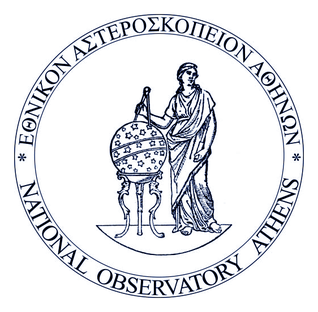Destination Renewable Energy (DRE)
Developing the Hybrid Renewable Energy Forecasting System (HYREF) demonstrator to support simulation and projection services that are part of the DRE digital ecosystem.
In a nutshell
- With the increasing temperatures in the past years, immediate action is needed to reduce greenhouse gas (GHG) emissions.
- Climate services and satellite data support the transition to clean energy thanks to improved climate information and services for the energy sector.
- The Use Case is expected to provide more accurate and reliable energy forecasting through the development of the Hybrid Renewable Energy Forecasting System (HYREF), a demonstrator that aims to digitise the physical systems of solar and wind production to support simulation and projection services that are part of the DRE digital ecosystem.
Technical Overview
Challenge
The last seven years have been the hottest on record and there is a scientific consensus that immediate action is needed to reduce greenhouse gas (GHG) emissions. The energy sector, sitting at the heart of the global challenge to achieve both the 2030 Agenda for Sustainable Development and the Paris Agreement on climate change, is undergoing a pivotal transformation towards renewable systems like solar and wind. However, these systems are inherently dependent on weather and climate conditions, making accurate and detailed forecasting crucial for their efficiency and resilience.
Climate services and satellite data are tools that can be used to develop applications that can ensure the resilience of energy systems to climate-related shocks and inform energy efficiency measures. For example, the daily energy market requires accurate and detailed information on solar and wind availability at different spatial scales, from rooftop to regional and national levels, which can only be provided by models and satellite-based Earth observation platforms. The DRE project addresses this need by targeting EU and United Nations policies focused on increasing renewable capacity and the clean energy transition. The challenge is multifaceted: it involves enhancing energy efficiency, ensuring the resilience of energy systems to climate-related shocks, and providing precise information for daily energy market operations at all scales.
DestinE Solution
The DRE’s innovative approach is embodied in the Hybrid Renewable Energy Forecasting System (HYREF) demonstrator, a cutting-edge solution that digitises the physical systems of solar and wind production. By merging real-world Renewable Energy Sources (RES) with their digital twins, HYREF creates a comprehensive, user-driven Virtual DRE System (VS). This system is designed to evolve through continuous end-user feedback and stakeholder engagement, ensuring that it remains flexible, scalable, and relevant. Utilising data from various sources, including Weather-induced extremes Digital Twin (DT), Global Ocean Physics Analysis and Forecast, and CAMS aerosol data, HYREF provides a detailed model of wind and solar production. This is further enhanced by Communication Interfaces (CI) with production sites and the DE, allowing for improved forecasts and the application of ‘what-if’ scenarios crucial for energy producers and policymakers. The focus of HYREF is to support decision-making related to wind and solar availability, offering recommendations for the use, trade, and storage of energy based on the actual user infrastructure.
Impact
The implementation of HYREF through the DRE Use Case is set to have an important impact on the energy sector and broader environmental goals. By providing accurate and reliable energy forecasting, the system empowers policymakers and decision-makers with the insights needed to develop informed energy trade strategies, enhance energy security, and optimise resource allocation. For policymakers, DRE’s contributions are significant, directly supporting key environmental directives (e.g. (EU) 2018/2001 and REPowerEU Plan) and aiding in the achievement of the goals outlined in the 2030 Agenda for Sustainable Development and the Paris Agreement on climate change. Solar and wind park developers will benefit from robust tools for renewable energy assessment, while government and private sector renewable energy users will gain a comprehensive tool for integrating renewable energy into local systems, including usage, sale, and storage potential. Moreover, for transmission and distribution operators, DRE offers valuable information on the efficient use and transport of renewable energy. Ultimately, the DRE project will exploit the value and potential of the DestinE Platform by providing accurate and reliable energy forecasting through its innovative HYREF solution, contributing to the clean energy transition and a sustainable future.
Contributions
Providers




Interested in contributing?
Destination Earth is based on a co-design approach, which enables an agile design process and facilitates the identification of user requirements. Therefore, DestinE invites user communities to contribute to the continuous development and improvement of DestinE capabilities through GitHub.
GitHub is a cloud-based repository for software development and version control. It allows developers to collaborate on software projects, as well as to store and manage their code.